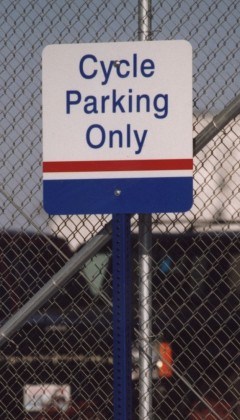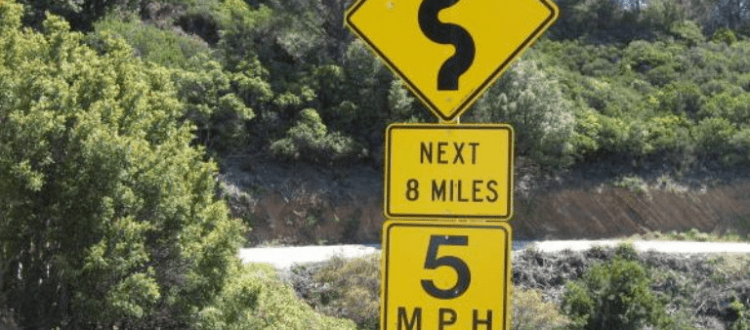Now, for those of you who think that custom traffic signs are ugly and barely a necessity, you may have a valid point as you wander around, lost, in the world you want without them. However, for the rest of us who like to know where the heck we are, they are the grandest invention for finding your way ever invented!
Just for definition sake, they are the kinds that are non-standard. Standard types, as discussed in the previous post, are the ones that include Stop Signs, School Zone signs, Novelty Street Signs, or Speed Limit markers.
Of course, anyone can still get lost, even with a plethora of signage showing you where to go, which is why there are gas stations. You may have thought they were for gassing up your rig, and that’s a little bit true, but the main reason for gas stations is to have a place to stop and ask directions (if you’re a woman) or a place to zoom past (if you’re a man) because you know exactly where you’re going!
At any rate, fortunately, most of us men are now kinder and gentler, thanks to George Bush the first, and have been trained to stop and ask directions (or at least that’s what our wives think we’re doing!).
Personalized Aluminum Street Signs with Post for Businesses, Private Communities, or Parking Lots
 Today I’m discussing custom made traffic signage.In the previous article I discussed standards for reflective signposts which are set nationally by the US Department of Transportation (USDOT), or by local states conforming to the USDOT’s Manual on Uniform Traffic Control Devices MUTCD). This manual gives all the regulations for those various aluminum-based kinds, but doesn’t address non-standard or custom traffic signs.
Today I’m discussing custom made traffic signage.In the previous article I discussed standards for reflective signposts which are set nationally by the US Department of Transportation (USDOT), or by local states conforming to the USDOT’s Manual on Uniform Traffic Control Devices MUTCD). This manual gives all the regulations for those various aluminum-based kinds, but doesn’t address non-standard or custom traffic signs.
Interstate Signs
So, when you’re driving down the interstate road, and you see custom vintage streets signs for the next exit that says there’s a Shell Station, a Conoco Station, and a McDonald’s restaurant, who sets the standards for these types?
Well, if you guessed your state DOT, you’d be correct…almost. Some states allow only copy on the display, whereas others allow full color logos for the business being advertised. Businesses pay an annual fee to have their logo or name displayed, and usually only gas stations, restaurants, and hotels/motels are eligible to be listed. Obviously, those that allow company logos like a McDonald’s logo on the sign allow design standards that they don’t set, just size and material standards.
There are many other customized types though. The US Postal Service has its own specs for its facilities, as do military bases. Private developments are able to customize according to their own specs as long as it’s approved by some money-sucking inspector from the county or state. HDU or wood signposts are used in some high end developments.
Standards on Traffic Control Sign Materials
Material-wise, repeating standards from the MUTCD, for interstate highways, the varying thicknesses of used are .080″ thickness, .100″ thickness, and .125″ thickness of aluminum for metal street signs. As I also stated in the last article, the size of the signage and local environmental conditions will determine the thickness of the sign material to be used, and some states require extruded aluminum for those larger than a specific square footage.
The MUTCD specifies what types of aluminum traffic signal pole or board to use on any custom traffic signs. One of the most used grades of aluminum is classification 5052-H38. The number refers to the purity and hardness of the material. All aluminum also must be alodized or anodized to prevent corrosion. Corrosion is to aluminum as rust is to steel, only faster.
Check this to refer to an aluminum traffic sign manufacturer that makes custom signs as approved by the DOT.
Popular Posts:




